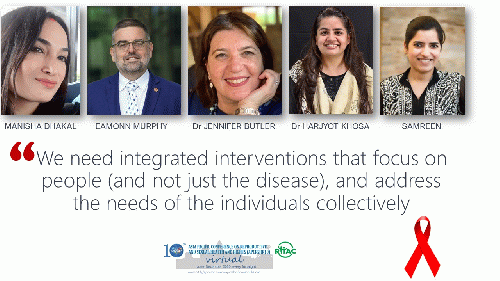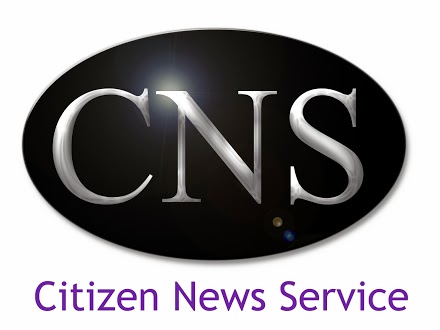
Health For All warrants people-centric and community-led integrated approaches
(Image by CNS) Details DMCA
Solidarity and accountability are the hallmarks of tackling public-health problems, as well as health emergencies. We need integrated interventions that focus on people (and not just the disease), and address the needs of the individuals collectively, urged Eamonn Murphy, Regional Director, UNAIDS, Asia and the Pacific.
Murphy was delivering the plenary address of twelfth virtual session of the 10th Asia Pacific Conference on Reproductive and Sexual Health and Rights (APCRSHR10), which is being held online this year because of the COVID-19 pandemic.
There has to be
increased joint advocacy and joint programming to improve sexual and
reproductive health and rights and control HIV/AIDS. We need to mobilize
political (governmental) as well as community leadership to re-energize, he
said.
Agrees Dr Jennifer Butler, Director of UNFPA Pacific sub-regional office based
in Fiji, that community-led approaches are of paramount importance to run their
own services and to shape the services they receive. "In the HIV 'world'
we knew this from very early on, and in the sexual and reproductive health and
rights (SRHR) field it is becoming an increasingly critical mode of engagement.
Access to sexual and reproductive health package of services and to HIV
services has long been considered as basic right. But here we are in 2020,
still arguing the case of HIV and sexual and reproductive health and rights
integration. We are still looking at stigma, discrimination, exclusion; we are
still looking at the need to continue to train healthcare workers to treat
everybody with dignity they deserve," she said.
While access to quality healthcare services, whether for sexual and
reproductive health, or for HIV/AIDS care, is very important, access alone
cannot help shape responses. Not only is community engagement important but
also community-led monitoring, to improve quality and regularity of appropriate
HIV-related services.
Dr Harjyot
Khosa from YRG Centre for AIDS Research and Education, India, made a case for
establishing community-led monitoring systems to engage communities on a
regular basis to improve quality as well as accessibility of HIV-related
services.
She gave the example of Community Score Card as one such systematic and
sustained approach by engaging key populations to facilitate better health,
improve HIV-service delivery and overcome stigma and discrimination.
What is a Community Score Card?
A Community Score Card is a participatory tool to ensure accountability, transparency and responsiveness from service providers and improve quality and efficiency of services by receiving systematic feedback from the community as well as service providers. It empowers both - key population communities and service providers - and has proven to be a sustainable mechanism to monitor and record changes in quality and efficiency of services.
Dr Khosa shared the example of the Community Score Card for HIV-affected
communities developed and implemented by India HIV/AIDS Alliance under its
'Nirantar' programme. This Community Score Card has a set of 7 core indicators
and sub-indicators on a range of issues, including quality of services,
availability and accessibility of commodities/services, forms of stigma and
discrimination and attitudes of service-care providers towards people living
with HIV.
The community and healthcare providers conduct the scoring on each issue separately.
Next, an interface meeting between the community members and the healthcare
providers is held where the scores provided (on a scale from 0 to 10) by the
healthcare providers and the community are reviewed to arrive at consensus
scores and develop a mutually agreed action plan. Any score less than 4
warrants an action. They look at whether the problem is at healthcare provider
level, HIV-prevention programme level, government level or community level.
Then an action plan is drawn whose outcomes are checked after 3 months in the
next quarterly meeting. Heads of hospitals, healthcare providers, functionaries
of targetted interventions and communities develop and resolve the action
points during the interface meetings.
(Note: You can view every article as one long page if you sign up as an Advocate Member, or higher).





